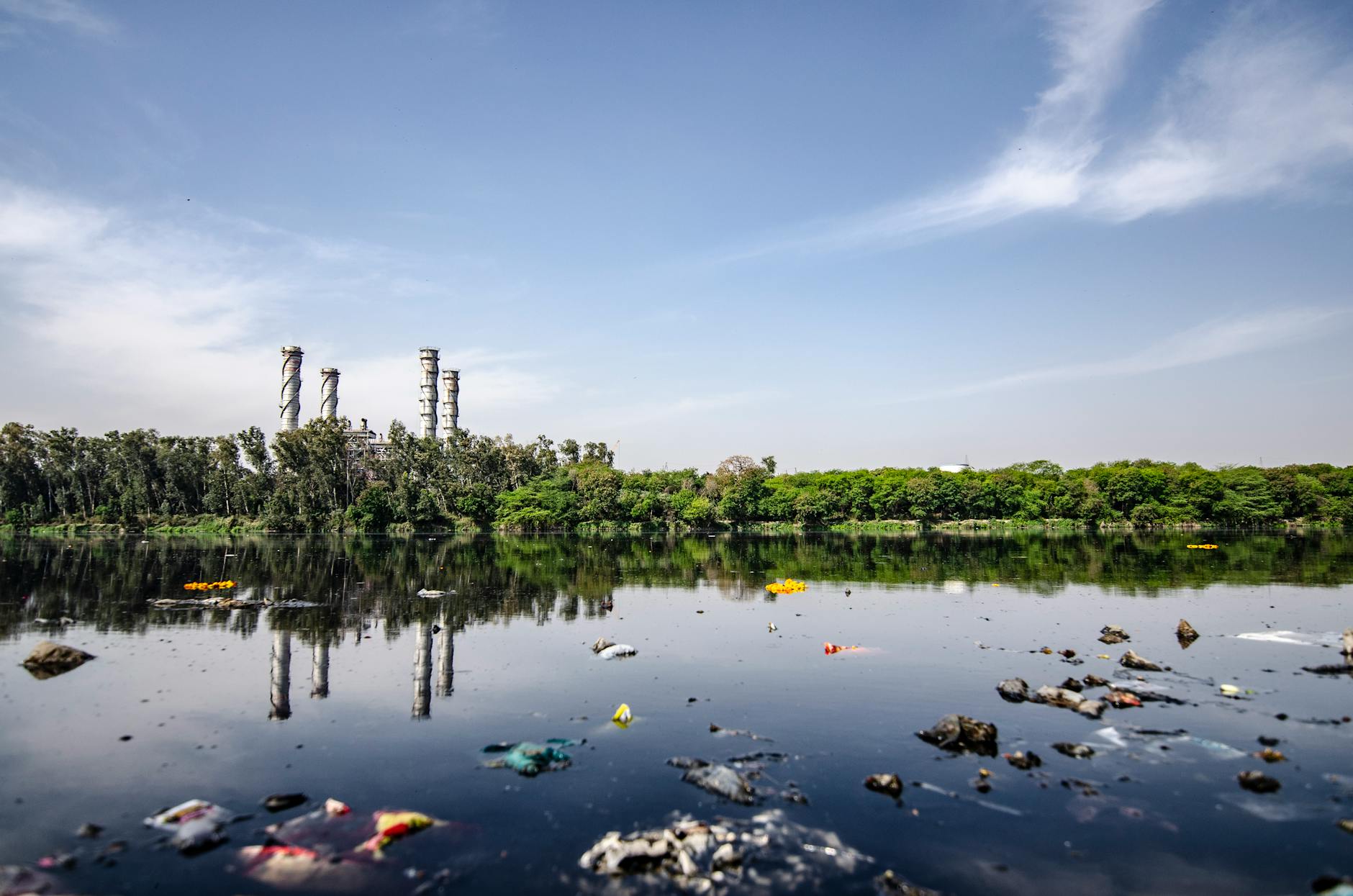📈 Understanding the Air Quality Index
AQI: 0 to 500 Scale
- The Air Quality Index (AQI) communicates current or forecast air pollution levels.
- An AQI score ranges from 0 to 500; higher values indicate greater pollution and health risks.
- An AQI of 50 or below signifies good air quality, while above 300 is hazardous.
- Different countries use their own AQI systems based on national standards.


















